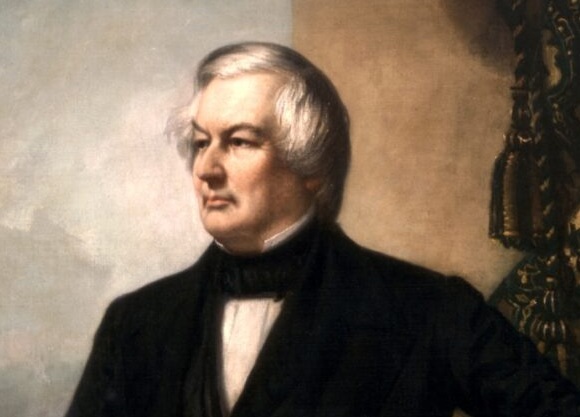The presence and influence of women in the U.S. Congress have evolved significantly over time, shaping legislative priorities and perspectives.

Here’s an overview of their historical journey and contemporary impact:
Historical Perspective:
- Early Representation:
- Women’s representation in Congress was limited for much of U.S. history. Jeannette Rankin was the first woman elected to Congress in 1916, well before the 19th Amendment granted women the right to vote in 1920.
- Slow Progress:
- The number of women in Congress remained relatively low until the latter part of the 20th century, with gradual increases over time.
- Milestones:
- Significant milestones include the election of the first African American woman, Shirley Chisholm, in 1968, and the first Latina, Ileana Ros-Lehtinen, in 1989.
Contemporary Influence:
- Increasing Representation:
- In recent decades, the number of women in Congress has steadily risen. Women now constitute a higher percentage of Congress than in previous years.
- Policy Impact:
- Women in Congress have advocated for policies covering various issues such as healthcare, reproductive rights, education, and gender equality. They bring unique perspectives and priorities to legislative discussions.
- Leadership Roles:
- Women hold key leadership positions in Congress, including Speaker of the House, committee chairs, and other influential roles, impacting legislative agendas and decision-making.
- Bipartisan Collaboration:
- Women in Congress have shown a propensity for bipartisan collaboration, fostering cooperation on issues of mutual concern.
- Advocacy and Representation:
- Their presence has led to increased focus on issues affecting women, families, and marginalized communities, amplifying their representation in legislative debates.
Ongoing Challenges and Progress:
- Underrepresentation:
- Despite progress, women remain underrepresented in Congress compared to their share of the population.
- Structural and Cultural Barriers:
- Structural barriers, gender biases, and challenges in fundraising and campaigning continue to hinder women’s access to elected positions.
- Continued Advocacy:
- Organizations and initiatives promoting women’s political participation continue to push for greater representation and support for women in electoral politics.
Conclusion:
Women in Congress have made significant strides, influencing legislative priorities, advocating for diverse issues, and holding key leadership roles.
While progress has been made, challenges persist in achieving full parity and representation, requiring ongoing efforts to address structural barriers and promote women’s participation in the political sphere.
Their presence and contributions continue to shape the legislative landscape and perspectives on crucial policy matters.



